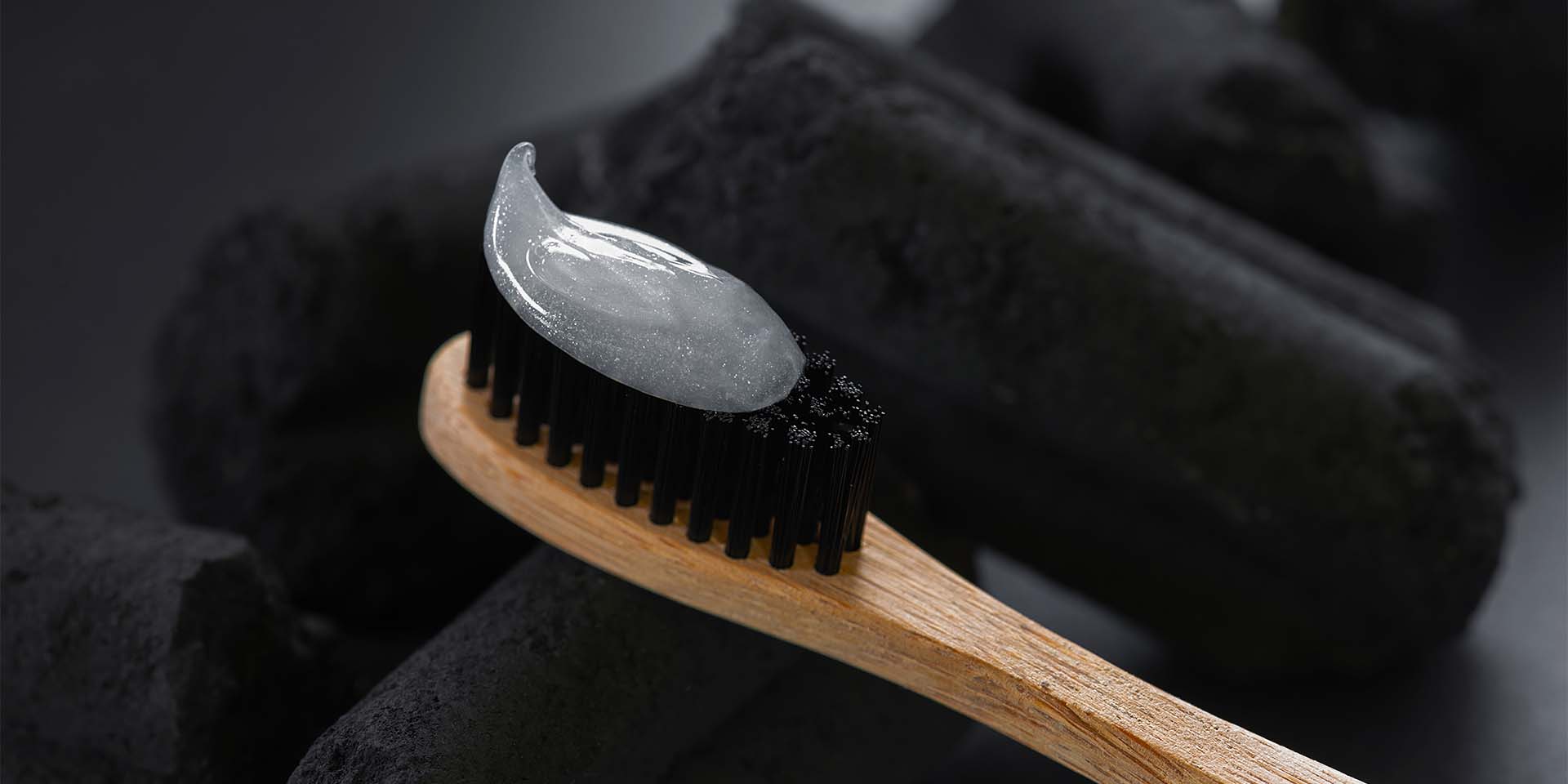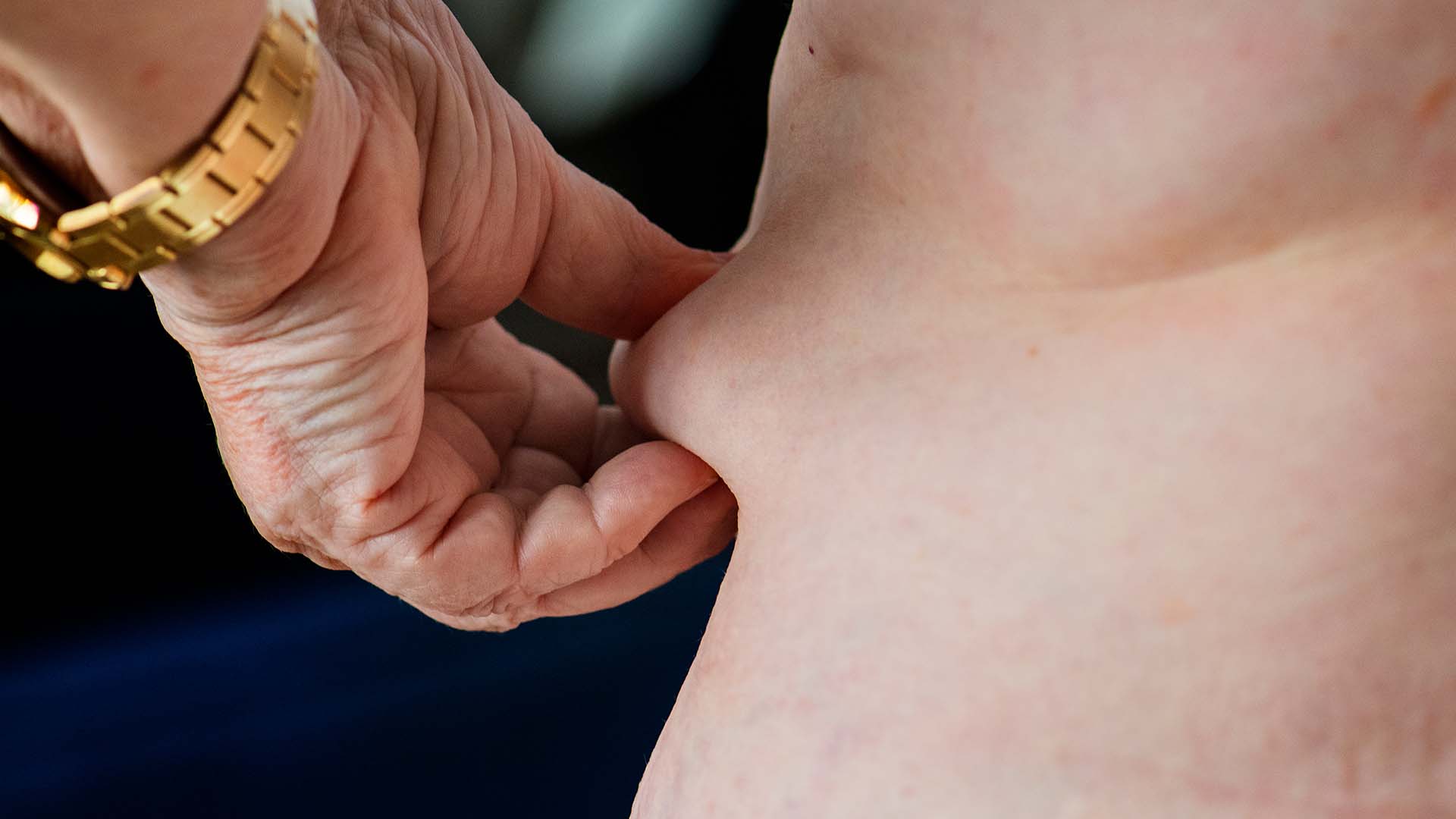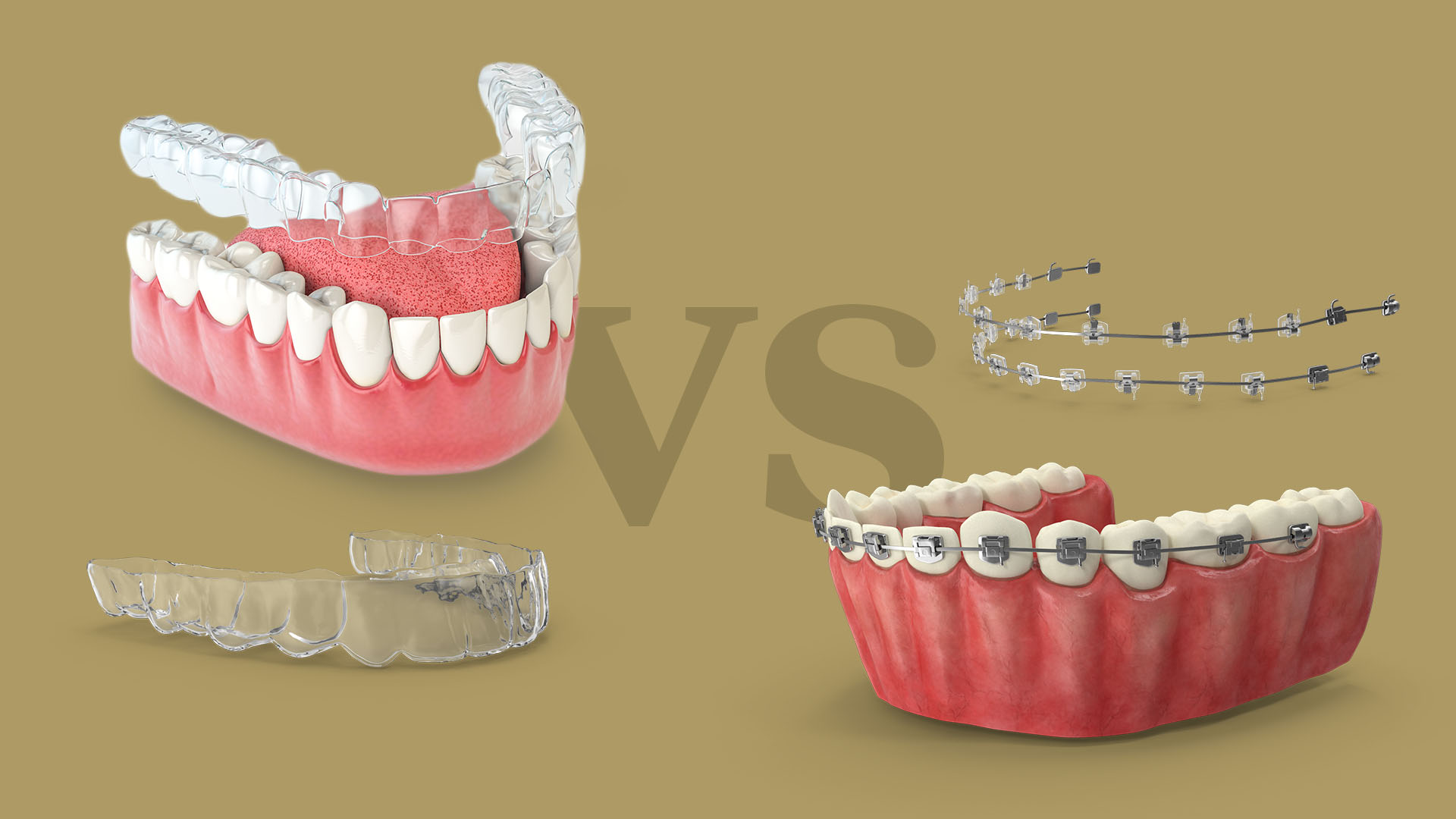- Introduction
- Electric vs. manual toothbrush
- Type of bristles
- Brush head size
- Cable design
- Specific Dental Health Considerations
- ADA Seal of Approval
- Conclusion
- Bibliography
1. introduction
Choosing the right toothbrush is a crucial part of oral hygiene. This article aims to guide readers through the various factors to consider when choosing a toothbrush, including brush type, bristles, head size, handle design, specific dental needs, and the importance of the ADA Seal of Approval.
2. Electric vs. manual brush
The debate between electric and manual brushes is a long one, but the choice depends mainly on personal preference, dental health needs and budget. Electric brushes are known for their ease of use and effectiveness, particularly for people with manual limitations. On the other hand, manual brushes, if used correctly, can be just as effective. Both types have their merits and can contribute significantly to an effective oral hygiene routine.
3. Type of bristles
Most dental professionals recommend soft bristles, as they are effective at removing plaque and debris, as well as being gentle on the gums and enamel. Medium and hard bristles can damage the gums, root surface and tooth enamel, making soft bristles the ideal choice for most users.
4. Brush head size
The size of the brush head is important to ensure that all areas of the mouth are reached. Generally, a smaller head is preferable as it can reach the bottom teeth more easily. The ideal choice for most adults would be a brush head around one and a half centimetres wide and two and a half centimetres high.

5. Cable design
The brush handle should provide a comfortable grip and effective control during brushing. Some brushes have handles with non-slip grips or flexible necks, adapting to each person’s individual needs. The design of the handle can vary significantly and influence the overall brushing experience.
6. Specific Dental Health Considerations
Individuals with specific dental concerns, such as sensitive gums, can benefit from brushes with extra soft or silicone bristles. For those with orthodontic appliances or dental implants, there are brushes designed with specialised features to effectively clean around these devices.
7. ADA Seal of Approval
The American Dental Association (ADA) Seal of Approval is a useful indicator of the quality and effectiveness of a toothbrush. This seal guarantees that the toothbrush meets specific standards of safety and effectiveness, providing an additional layer of confidence when choosing a toothbrush.
8. Conclusion
Choosing the right toothbrush is a fundamental step in maintaining good oral health. Considering the type of brush, bristles, head size, handle design and specific dental needs is essential. A consultation with a dental professional can provide personalised recommendations, complementing the choice of the ideal toothbrush.
Bibliography
American Dental Association. “Toothbrushes.” ADA, www.ada.org.
Colgate-Palmolive Company. “Choosing The Right Toothbrush.” www.colgate



